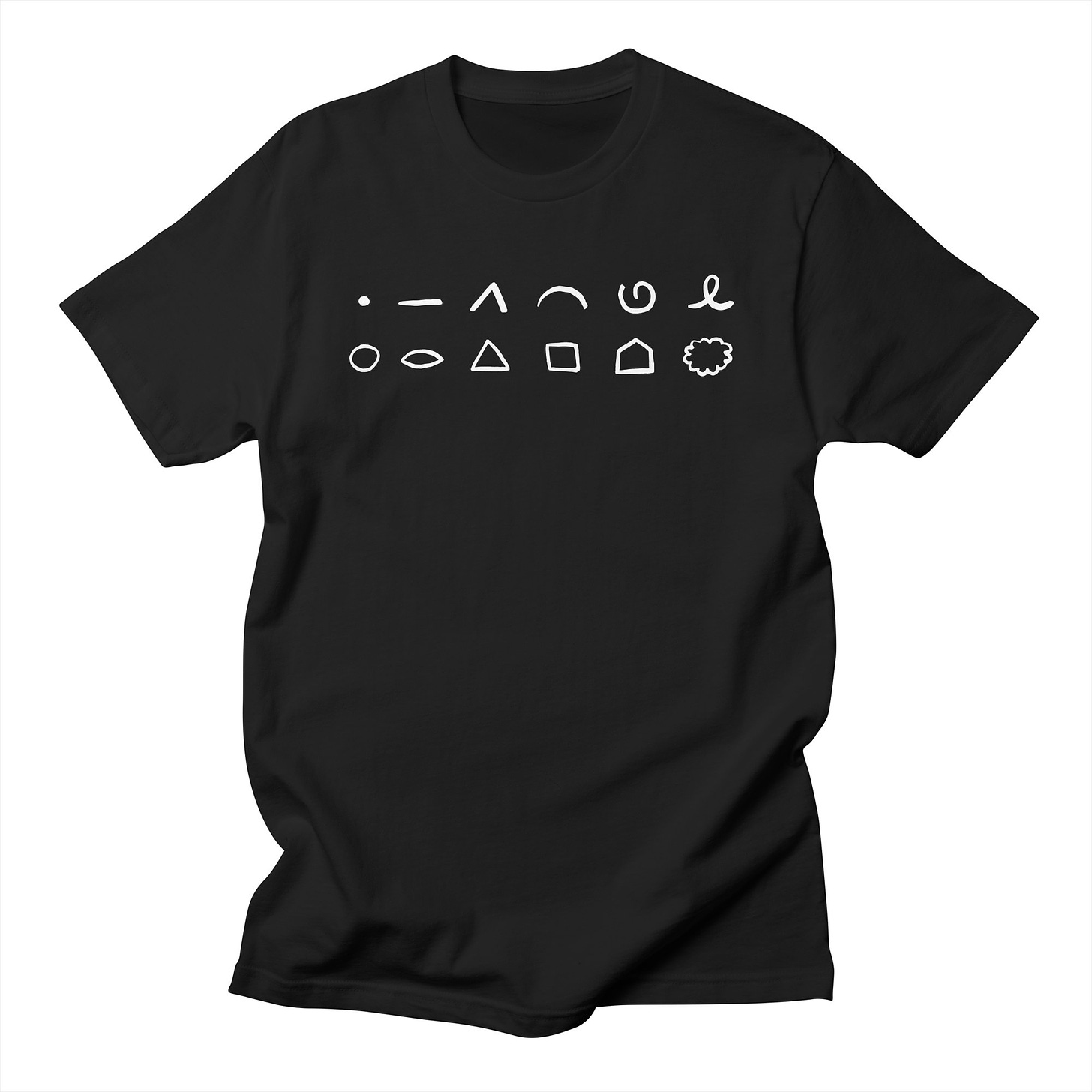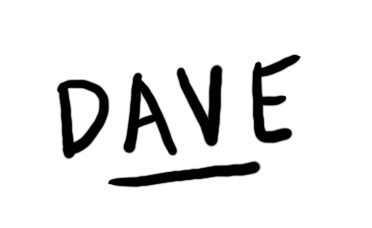Visual thinking short course (Free!)
If you think you can’t draw, give me a chance to prove that you can.
I have taught visual thinking in courses and workshops for more than 20 years. And I’ve learned that anyone can learn to draw if they don’t mind investing a little time.
Here is a series of short videos that will help you get up to speed with visual thinking. In total it will take about an hour but you can do it in chunks, one video at a time. No prior learning is required.
I recommend you have a pencil or pen and paper handy before you begin, so you can draw along with me.
What is visual thinking?
Visual thinking is a way to organize your thoughts and improve your ability to think and communicate. It’s a great way to convey complex or potentially confusing information.
It’s also about using tools — like pen and paper, index cards and software tools — to externalize your internal thinking processes, making them more clear, explicit and actionable.
Why is visual thinking important?
There’s more information at your fingertips than ever before, and yet people are overwhelmed by it. When faced with too much information we shut down. If your ideas can’t be drawn, they can’t be done. Visual thinking is a vital skill for developing new ideas and designs, communicating those ideas effectively, and collaborating with others to make them real.
But I can’t draw!
Yes, you can. Drawing is a natural process for thinking, exploring ideas and learning. Every child enjoys drawing — but at some point in our lives we learn that drawing is the province of artists. We begin to say things like:
“I’m no artist”
“I can’t draw a straight line”
“I can’t draw a stick figure”
This is a fallacy. You can draw, and when you were a kid you knew it. You just forgot.
Don’t believe me? If you have got a pen or pencil, a piece of paper and five minutes, I will prove to you that you CAN draw. What do you have to lose? Click the video below.
Visual thinking basics
In this 20-minute video I share some basics of visual thinking that will get you up and running in about 20 minutes.
Attribution:
In case there is any doubt, the visual alphabet is freely available under a Creative Commons Attribution license. This means you can use it in any way that you like and share it broadly, so long as you credit the source @davegray or xplaner.com. It would also be nice if you’d link back to this page.
How to know what to draw
Once you have gained some comfort with drawing, the next question is, “Now that I know how to draw, how do I decide what to draw in order to best convey my ideas? In this video I share a simple three-by-three matrix that will help you determine the best way to approach drawing an idea.
How to know when to draw
Not every situation is improved by drawing. Sometimes you don’t need to draw. Maybe you just need to make a list. Sometimes writing is enough to do the trick, and sometimes drawing can really help. But when to do which? Here’s a conversation with my friend and learning expert Marcia Conner exploring exactly this question.
Drawing to teach
I went to art school, and I was taught using the studio method. It works like this: “Watch one, try one, teach one.” You watch the teacher do something. Then you try doing it yourself. And then, to be sure you really understand it, you teach it to others.
So I want to show you how I use drawing not only as a thinking tool but as a teaching tool. In these videos I share the main ideas in my book, Liminal Thinking: Create the change you want by changing the way you think.
First a short video:
And here’s a longer one:
Someone once said, “ writing is thinking.” That’s true, and I want to suggest that drawing is thinking too. Just like writing, drawing is a way to think things out by making them explicit, but unlike writing, it engages different parts of the brain that work in a nonlinear way.
That’s it for now. I hope I’ve inspired you to spend more time with pen and paper working out your thoughts visually..
If you want to go deeper, dive into this Visual thinking reading list.
If you want to know more, contact me.
If you’d like to support my work, you can buy a t-shirt with the visual alphabet on it. It’s a great conversation starter!
Until next time, be well!







Awesome post! I can totally see and feel how you reclaimed your inner creative joy. Nice and smooth intro and a convincing learning curve. It is inspiring and a pleasure to watch.
I am really stoked to see you in your happy place again.
And I start to understand where you got your teaching skills. Thanks for sharing your gifts.
Visual thinking is an incredibly important and meaningful tool for me, even before I knew it was a thing! With all the resources you and others have provided, I keep elevating my ability and seeing it become more valuable.
BTW, the link to the books/resources isn't working properly...